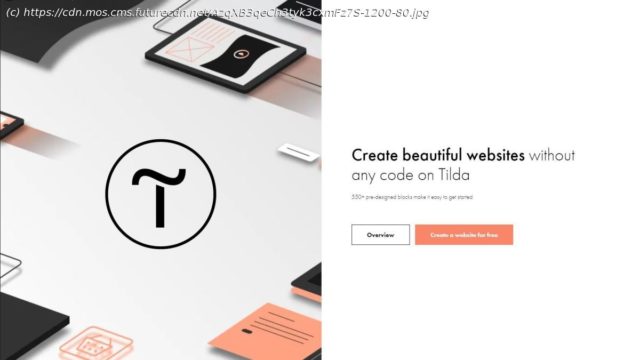Tilda is an elegant looking website builder with loads of templates and fully customisable blocks… but might it be too hands-off for your needs?
Tilda is one of many website builder services out there, but does it offer anything special that sets it apart from the competition? Unlike some, Tilda does offer a free service, which gives you an idea of what’s available, without unlocking all features, and it’s a great way to see what all the fuss is about without committing yourself. Even better you can also try out the paid features free for 14 days. Three plans are available, as Tilda tries to make things as simple as possible. The first one is called ‘ Free ’, and allows you to create one website, with up to 50 pages and 50MB of storage. Your customisation is limited though, with only access to ‘key blocks’ to design and customise your online presence. Next is ‘ Personal ’, the first of two paid plans. All the restrictions from ‘Free’ are lifted as you are not only able to fully customise your site, you’re also given up to 500 pages and 1GB of storage. Creating a blog and setting up an online store is also open to you. This plan would cost you $10/month when billed annually, or $15 monthly. Finally there’s ‘ Business ’, which expands your creativity to five websites as opposed to one, for $20 a month when billed annually or $25 monthly. lda’s website service is based on blocks: you select those want, add them to your page, and build your site that way. There are currently over 500 fully customisable blocks with more being added regularly. You also have access to over 200 responsive templates, can add animations to jazz up your site, have access to a photo editor, a royalty free stock image library, a collection of icons, and are able to embed YouTube, Vimeo, SoundCloud and Coub media. Not to mention of course blogging and ecommerce facilities. There’s a lot to entice potential customers, so let’s have a look at it all first hand… After registering (which involves giving your name, email, and setting up a password), you’re given access to the dashboard without even having to provide any credit card details (that’s because the free plan is automatically selected when you do this). Creating a new website takes you to the template section, which is broken down by category (such as Business, Store, Event, etc) and also comes with a search field.






